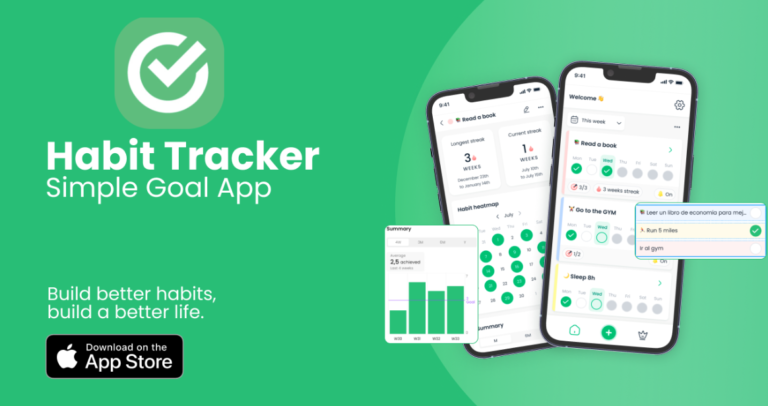9 best Windows apps for game development
Last Updated on May 27, 2024 by Jhonni Jets
Game development requires powerful and versatile tools to bring our creative visions to life. For Windows users, the platform offers a variety of high-quality apps specifically designed for game development tasks like programming, art creation, level design, and more. In this article, we’ll explore 9 of the top Windows apps for developing your own games and discuss what makes each one stand out.
Whether you’re a hobbyist looking to build your first playable prototype or a professional studio working on a major commercial release, you’re sure to find indispensable software here to help streamline your development process and take your projects to the next level.
Table of Content
Unity
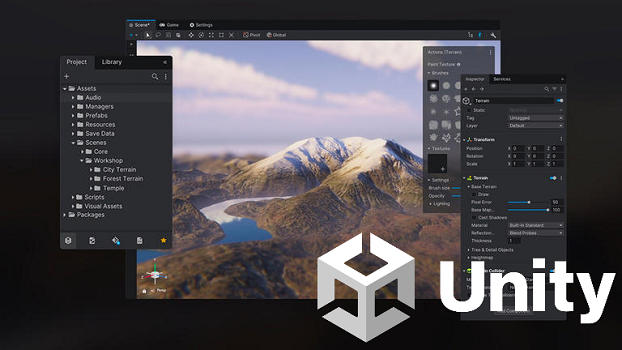
Unity is hands-down one of the most full-featured and ubiquitous game engines available today, and it happens to run natively on Windows. With Unity, you get a complete suite of tools for implementing 3D and 2D game development workflows. Its node-based visual scripting system, the Unity Editor, makes it easy for both programmers and non-programmers to work together to build interactive experiences.
Being completely cross-platform, games created with Unity can be deployed to major platforms including Windows, macOS, iOS, Android, consoles, VR/AR, and more – all from a single codebase. Its asset store is also filled with high-quality, ready-to-use materials, scripts, templates, and more to supercharge your productivity. While it does have a learning curve, Unity’s unparalleled flexibility and vast community support make it an excellent choice for Windows game development.
Unreal Engine

Another immensely powerful game engine that runs natively on Windows is Unreal Engine from Epic Games. Like Unity, Unreal Engine gives you everything needed to design, implement, and ship interactive 3D and 2D games across all major platforms. Where it really shines though is its graphics fidelity and robust suite of rendering tools.
Through its visual shader editor and plugins like Chaos, designers have near-unlimited control over the look and physicality of virtual worlds. Pre-made template projects, marketplace assets, and documentation/tutorials also help accelerate your workflow. While the engine is free to use for non-commercial projects, its commercial licensing requires a 5% royalty after $1 million in gross revenue – though the engine quality is worth it for many professional projects.
Visual Studio

No Windows development software list would be complete without mentioning Microsoft Visual Studio. As the premiere IDE (integrated development environment) for Windows, Visual Studio sets the gold standard for powerful and productive C++, C#, and .NET game programming. Built-in debugging and profiling tools coupled with IntelliSense code completion make developing complex codebases effortless.
The Community edition is free to use for any type and size of game project. It comes bundled with everything needed for 2D and 3D game development including support for Unity, Unreal Engine, and other game engines’ plugins. When paired with productivity extensions like Visual Assist X, Visual Studio reaches an unparalleled level of coding efficiency.
Blender
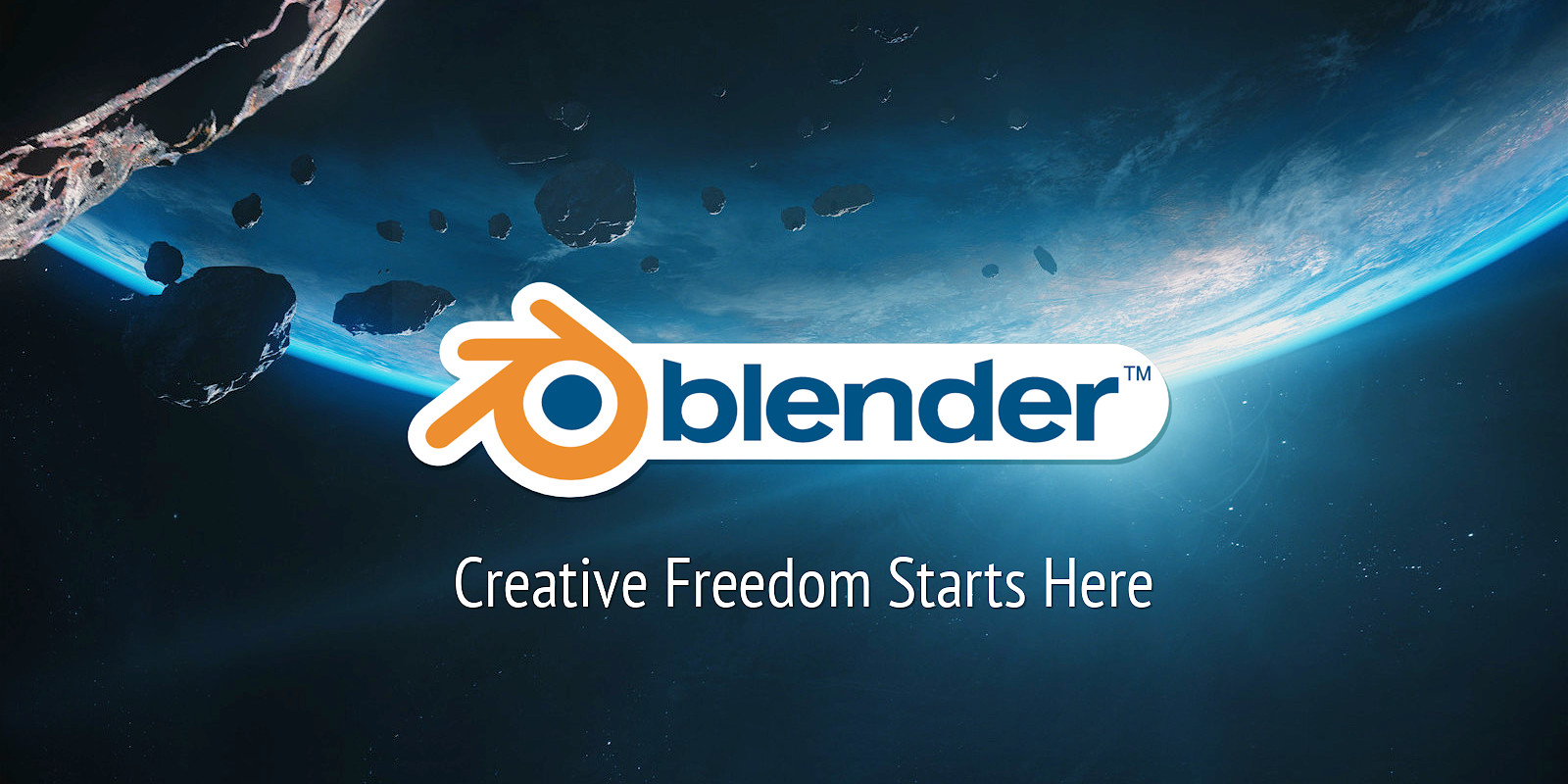
Where 3D art is concerned, Blender has emerged as one of the leading open-source options available for Windows. This full-featured 3D modeling, animation, rendering, video editing, and compositing software is capable of professional-level results while remaining free to use. With its powerful node-based materials and shaders, Blender allows for photorealistic texturing and lighting.
Additionally, it offers advanced sculpting, retopology, UV unwrapping, rigging, skinning, and animating tools to bring characters and environments to life. While its interface takes some getting used to, abundant tutorials exist and Blender’s active community ensures it remains on par with paid alternatives. For budget or non-commercial projects, Blender is a no-brainer 3D art solution on Windows.
Adobe Photoshop
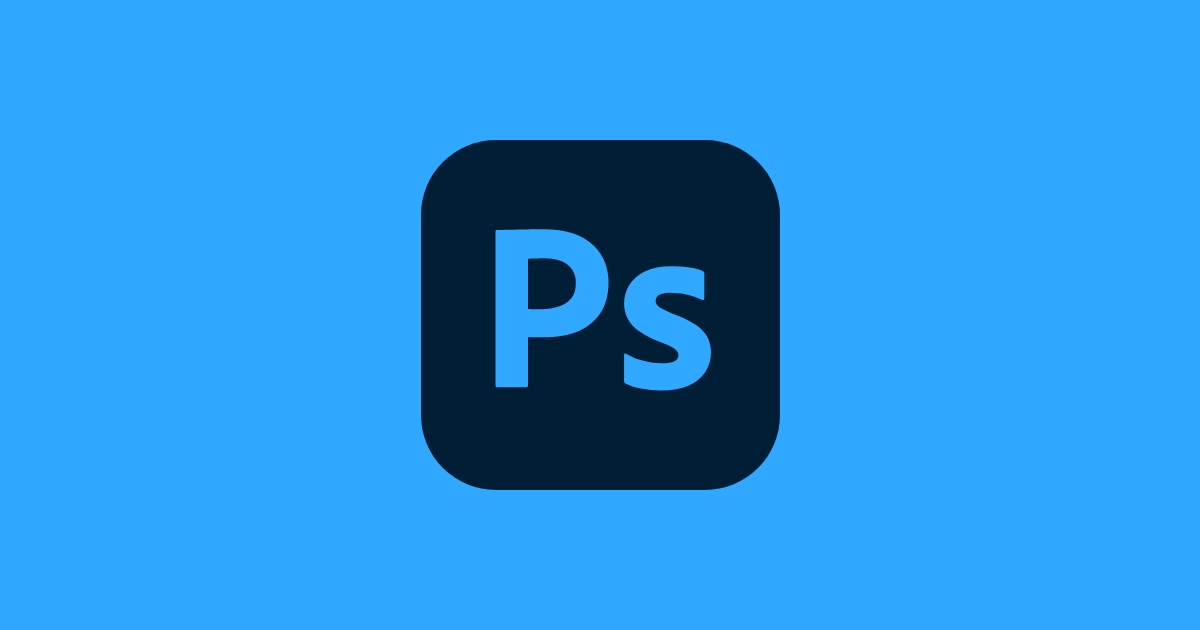
When it comes to 2D pixel art and digital illustration, few programs rival Adobe Photoshop’s versatility and polish. Its layers, selection tools, filters, and blend modes allow for intricate sprite and GUI work. Effects like layer styles, bevels, shadows, and glows help 2D game assets pop. Photoshop also integrates seamlessly with other Adobe apps through its PSD format, streamlining iterative workflows.
While its monthly subscription fee means it isn’t budget-friendly for all, Adobe Photoshop represents the gold standard that other pixel editors continue trying to dethrone. For advanced 2D art and graphics, it remains unbeaten – and leveraging its power can help artists and designers take assets to a higher visual level with less technical hassle.
Substance Painter

Substance Painter is a dedicated texturing application optimized for game development workflows. It allows import of 3D models from popular formats and streamlines the process of unwrapping UVs, applying textures, and tweaking material properties. Unique features like the Layer Stack, generators, and projection painting smartly automate repetitive tasks.
Built-in PBR (physically based rendering) support ensures textures work seamlessly with engines like Unity and Unreal. Templates and presets further expedite common stylizations. While costly, Substance Painter pays dividends by reducing overall texturing time – it’s proven a must-have in professional pipelines. The powerful node-based system also invites advanced texturing approaches for next-level realism.
Adobe Illustrator
![]()
While Photoshop excels at raster pixel work, Adobe Illustrator is preferred for resolution-independent vector graphics. Its pen, shape, and path tools make quick work of clean, scalable UI elements, logos, icons, and interface graphics. Powerful effects like gradients, blend modes, live shapes/colors give UI and menu designs depth and flair.
Illustrator also connects seamlessly to other Creative Cloud apps through its .AI format. Asset export is optimized for touchscreens and high-res displays, future-proofing your work. As with Photoshop, its rich feature set puts it above dedicated vector editors; and for ambitious UI projects, Illustrator is still the leading program of choice on Windows.
Audacity
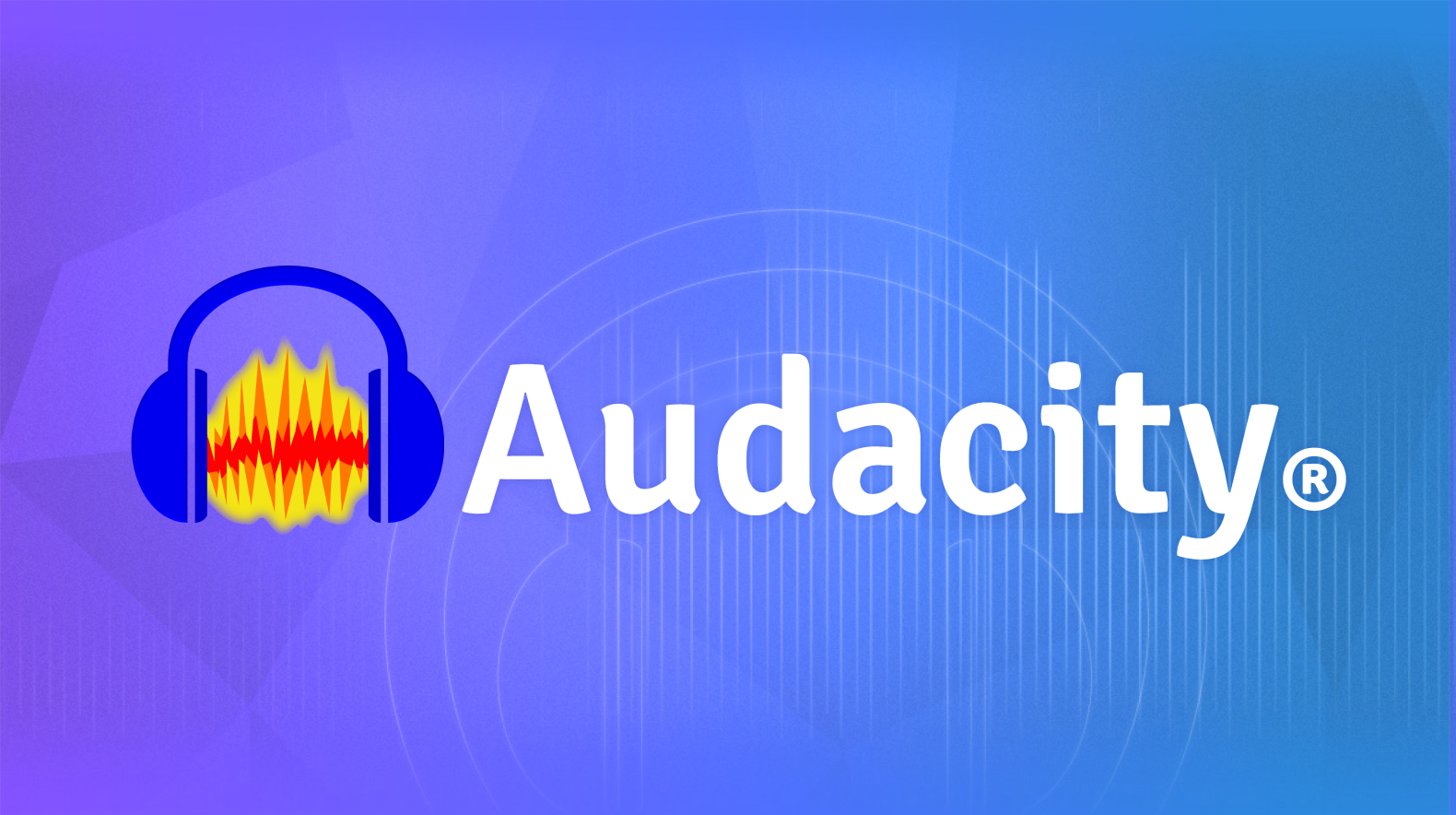
Audio production is a core part of any robust game and Audacity has emerged as a versatile free digital audio workstation option for Windows. For basic needs like recording, editing, and mixing sound effects and dialogue tracks, it fulfills requirements well. Multi-track editing, filters, normalization and more simplify common cleanup tasks.
Plugins also allow expanded functionality, like real-time effects racks. While not as full-featured as paid DAWs, Audacity offers a low barrier to entry for tinkering with sound design. Useful features include CD-quality file export, spectral analysis tools, and batch processing for streamlining sound prep. Overall it provides core audio functionality on a budget.
Mumble

Effective team communication is key to game development collaboration, and Mumble is a free, open source voice chat client perfect for coordinating Windows game projects. Integrating with source control through plugins allows real-time discussion, feedback, and issue tracking within development contexts. Unlike Skype or Discord, its low-latency “push-to-talk” model keeps streams clean for large groups.
Customizable user permission settings maintain organization. Self-hosted server setup further ensures privacy and control. Superior audio quality also makes it viable for remote playtesting. Even compared to paid solutions, Mumble remains an invaluable team coordination tool, helping dispersed dev teams stay effortless synched.
From prototyping to production, these top 10 Windows apps cover essential game development disciplines at multiple skill/budget levels. Combined they streamline 2D/3D workflows, empower ambitious art/design, accelerate programming, and optimize cross-team synergy – successfully tackling any dev project from start to finish.
Choosing the right tools is half the challenge, and this selection equips Windows users with potent, versatile software. Wherever your skills or vision lead, these proven apps are primed to unleash creativity and bring games to vibrant life.
Conclusion
In conclusion, Windows offers a wealth of powerful native and cross-platform tools for all facets of game development. The 9 applications highlighted – including engines, IDEs, digital art programs, audio software, and team communication clients – represent some of the very best solutions for their respective specializations. Combined, they provide everything needed to efficiently design, implement, test and ship fully-fledged digital experiences.
By leveraging this collection of top-tier apps, developers of all experience levels and budgets have the means to turn ambitious concepts into polished, high-quality games. Through streamlined workflows, robust features sets and thriving communities, each program helps maximize productivity and creativity. Whether working individually or collaboratively, the right tools play a pivotal role in any successful project – and this selection equips Windows users superbly.


